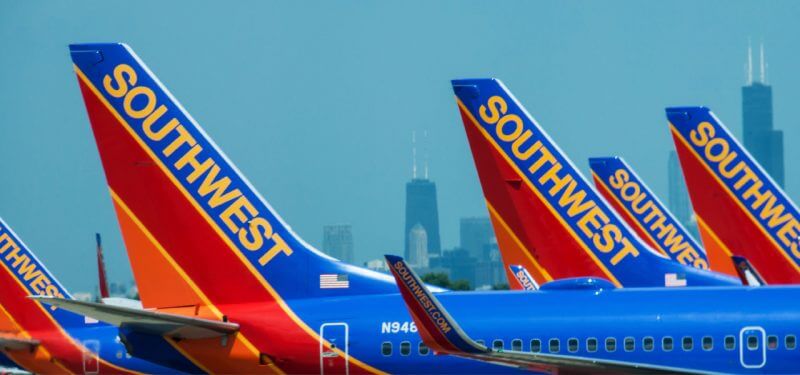This article is part of an ongoing series of Performance Retrospectives that assess real-world application performance issues in the recent past, analyze what might have happened, and offer up best practices that just might help you avoid similar problems.
What happened
On Wednesday, June 3, 2015, Southwest Airlines began offering its two-day Fall Travel Fare Sale, an offer that included "one-way trips from Baltimore to Boston and 17 other destinations for $49." The airline's website crashed as a result of the overwhelming response from customers. On Thursday, the website posted a message: "The website is undergoing maintenance and is currently unavailable," directing people to call Southwest's toll-free number. But the only thing this provided callers with was a busy signal. As a result, Southwest Airlines extended the fare sale to a three-day event. This concession, of course, followed major scrutiny from their potential customers on social media (Twitter, LinkedIn, Google+, and Facebook) and major media outlets (CNBC, NBC, and CBS) perhaps driving even more traffic to Southwest Airlines and further exacerbating website traffic issues.
Why it happened
Before announcing its ticket sale on Tuesday, Southwest Airlines ramped up its online sales capacity, "but demand was greater than expected," according to Brandy King, the airline spokesperson. As technicians tried to restore the website, Southwest extended the sale to end of day Friday.
The incident's most comprehensive coverage, in The Seattle Times, indicated that the Southwest problem lasted longer than most outages of this sort. Southwest may have been "particularly vulnerable...because it sells a higher percentage of tickets on its own website instead of through online travel agencies. That approach has often been seen as a strength, because it keeps distribution costs down." But we can also see how better performance testing could have enabled a proactive interception regarding this risk.
Southwest's Executive Vice President Bob Jordan reported that the problems were limited to Southwest.com and the company's mobile app, while other systems, such as reservations, were not affected.
The business impact
"This is a catastrophic technology failure when your primary sales channel is unavailable for more than a day," says Henry Harteveldt, a travel industry analyst for Atmosphere Research. "There will be a lingering, negative effect in terms of [passengers'] willingness to consider flying on Southwest."
Customers will give companies a break as long as they get their cheap deal, McMahan says. "What is at risk is that everyday customer who can easily turn to a competitor for the same product," he says. Several other airlines said they matched Southwest prices on routes where they compete, so it's likely that some people who intended to book on Southwest that week wound up buying a ticket from another airline.
Let's do some modest calculations. At two transactions per second (TPS), for only eight hours per day, and with each transaction only a one-way ticket for $49, we get to $2.822 million in revenue per day: $1.03 billion. For Southwest's year ending December 31, 2014, net income was a company record of $1.1 billion. With all web and phone channels down for two days, the business impact in lost revenue alone to Southwest Airlines was $5.64 million.
Takeaways: Build in performance for web and mobile—it matters!
According to Bob Jordan, "In this case we just have an unexpected issue...the site has just been a little overwhelmed."
In Harteveldt's opinion, the technology glitch might have been worse than Southwest Airlines disclosed, suggesting that it could have resulted from something other than high customer demand. The Seattle Times noted that "Southwest has run many similar sales without the website suffering such a lengthy breakdown."
Whether it's a sale or an offer, a new product line or a launch, Black Friday, or Cyber Monday, we've seen in recent history how significant the negative impact can be on organizations whose performance falls short of consumer expectations. In this case, the impact was a minimum of $5 million in revenue lost to competitors who were happy to price-match Southwest's promotion.
It's time to build in performance testing and engineering—now.
Keep learning
Take a deep dive into the state of quality with TechBeacon's Guide. Plus: Download the free World Quality Report 2022-23.
Put performance engineering into practice with these top 10 performance engineering techniques that work.
Find to tools you need with TechBeacon's Buyer's Guide for Selecting Software Test Automation Tools.
Discover best practices for reducing software defects with TechBeacon's Guide.
- Take your testing career to the next level. TechBeacon's Careers Topic Center provides expert advice to prepare you for your next move.


